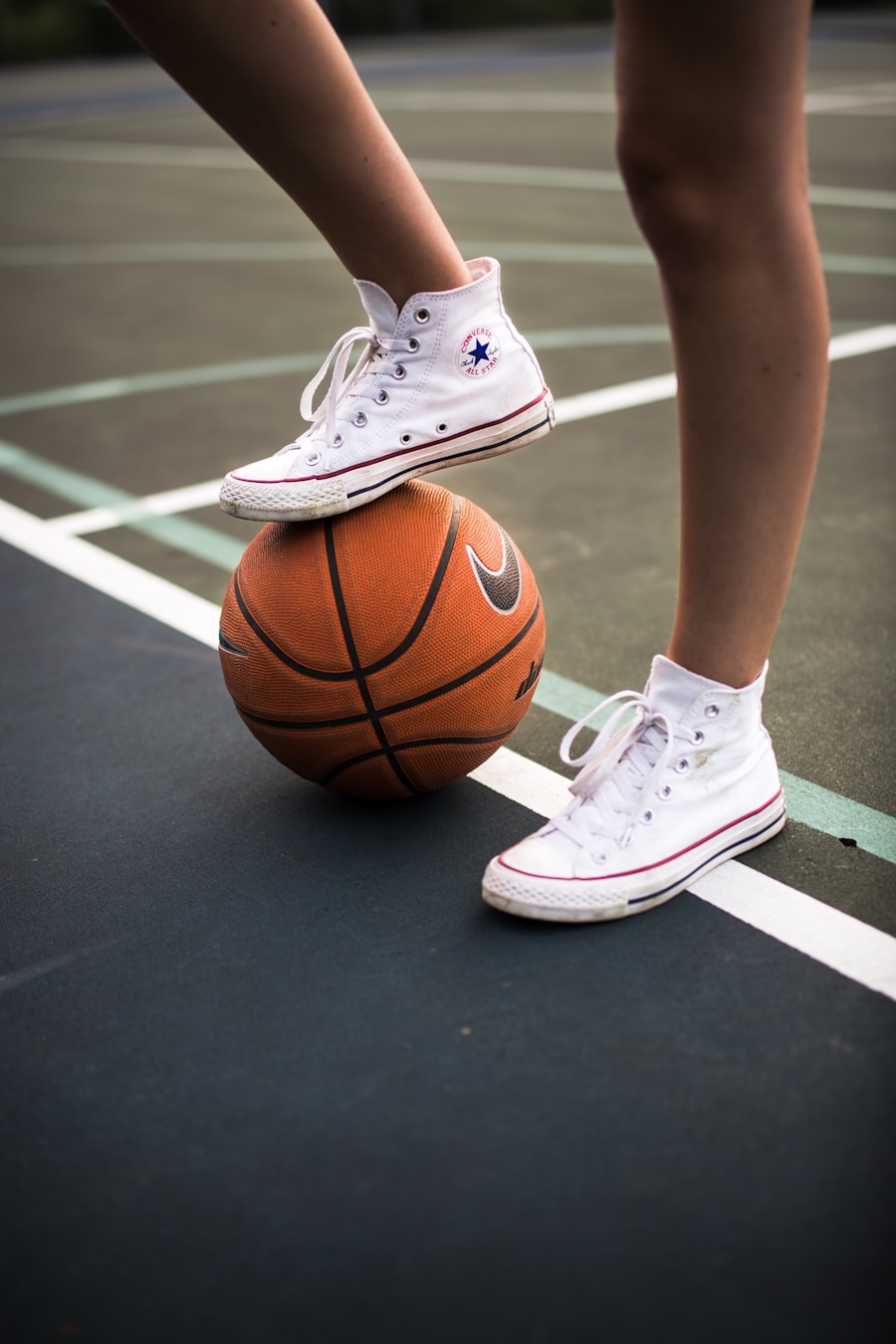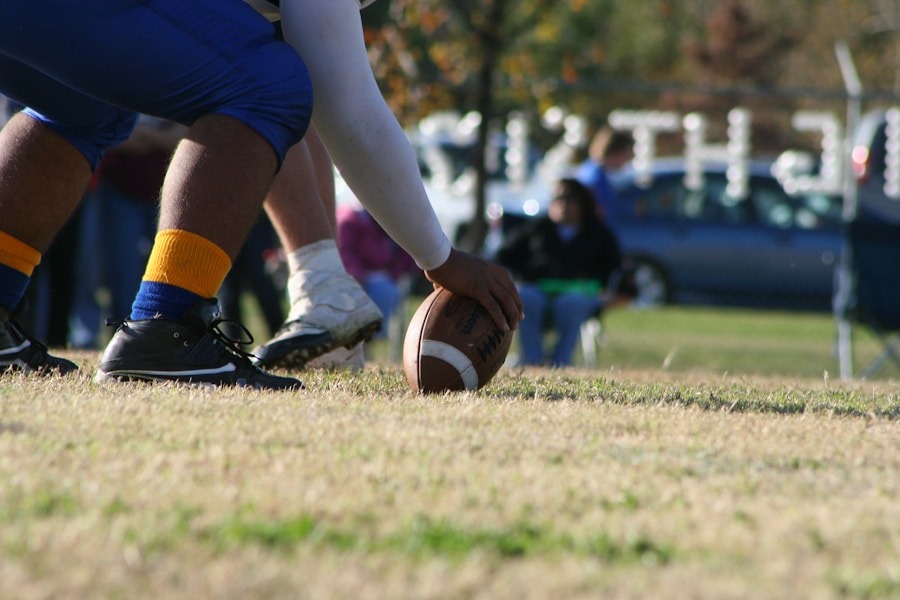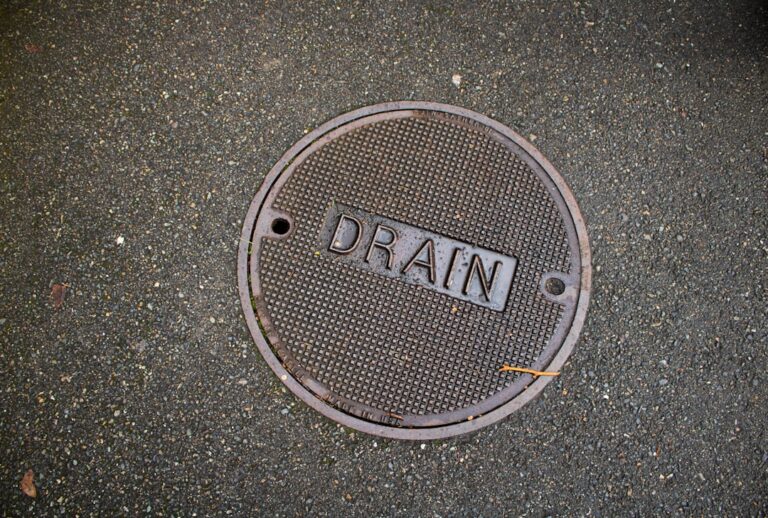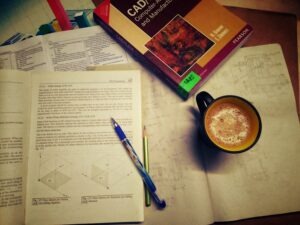Co-curricular activities are an integral part of the educational experience, complementing the academic curriculum and providing students with opportunities to develop a wide range of skills and interests. These activities extend beyond the traditional classroom setting, allowing students to engage in various pursuits that foster personal growth, social interaction, and practical application of knowledge. The term “co-curricular” itself suggests that these activities are designed to run parallel to the academic curriculum, enhancing the overall educational experience rather than replacing it.
In many educational institutions, co-curricular activities encompass a diverse array of programs, including sports, music, drama, debate, and various clubs. These activities not only serve as a platform for students to explore their passions but also play a crucial role in shaping their character and preparing them for future challenges. As students navigate through these experiences, they learn valuable life skills such as teamwork, leadership, and time management, which are essential for success in both personal and professional realms.
Key Takeaways
- Co-curricular activities are activities that complement the academic curriculum and provide students with opportunities for personal and social development.
- Types of co-curricular activities include sports, clubs, student government, community service, and performing arts.
- Co-curricular activities are meant to enhance the overall learning experience and provide students with practical skills and experiences that cannot be gained in the classroom alone.
- Participating in co-curricular activities can help students develop leadership skills, time management, teamwork, and social skills.
- To get involved in co-curricular activities, students can join existing clubs and organizations, start their own clubs, or participate in community service projects.
Types of Co-Curricular Activities
Sports and Physical Fitness
Sports are perhaps the most recognized form of co-curricular engagement, encompassing everything from team sports like soccer and basketball to individual pursuits such as swimming and athletics. Participation in sports not only promotes physical fitness but also instills a sense of discipline and resilience in students as they strive for excellence and learn to cope with both victory and defeat.
Artistic Expression and Creativity
Beyond sports, artistic endeavors such as music, dance, and drama provide students with creative outlets to express themselves. School bands, choirs, theater productions, and dance troupes allow students to explore their artistic talents while collaborating with peers who share similar interests. These activities often culminate in performances that not only showcase individual talent but also foster a sense of community and belonging among participants.
Academic Pursuits and Intellectual Curiosity
Additionally, academic clubs such as debate teams, science clubs, and math leagues encourage intellectual curiosity and critical thinking, allowing students to delve deeper into subjects they are passionate about while honing their analytical skills.
Meaning and Purpose of Co-Curricular Activities

The meaning of co-curricular activities extends beyond mere participation; they serve a fundamental purpose in the holistic development of students. At their core, these activities aim to provide a balanced educational experience that nurtures not only academic prowess but also emotional intelligence and social skills. By engaging in co-curricular activities, students are afforded the opportunity to explore their interests in a supportive environment, fostering a sense of identity and self-worth.
The purpose of co-curricular activities is multifaceted. They are designed to complement academic learning by providing practical applications of theoretical knowledge. For instance, a student involved in a science club may engage in experiments that reinforce concepts learned in the classroom while also developing teamwork skills through collaborative projects.
Furthermore, these activities encourage students to step outside their comfort zones, take risks, and embrace new challenges—an essential aspect of personal growth that prepares them for the complexities of adult life.
Importance of Co-Curricular Activities
The importance of co-curricular activities cannot be overstated; they play a pivotal role in shaping well-rounded individuals who are equipped to navigate the complexities of modern society. Engaging in these activities fosters a sense of belonging and community among students, which is particularly crucial during formative years when social connections are being established. The friendships formed through shared interests can lead to lasting bonds that extend beyond school years.
Moreover, co-curricular activities contribute significantly to the development of soft skills that are increasingly valued in today’s workforce. Employers often seek candidates who possess strong interpersonal skills, adaptability, and the ability to work collaboratively within teams. Participation in co-curricular activities provides students with numerous opportunities to cultivate these skills in real-world contexts.
For example, leading a project in a student organization or participating in a competitive sport requires effective communication, strategic thinking, and conflict resolution—skills that are transferable to any career path.
Benefits of Participating in Co-Curricular Activities
The benefits of participating in co-curricular activities are extensive and varied, impacting students on multiple levels—socially, emotionally, and academically. One significant advantage is the enhancement of time management skills. Balancing academic responsibilities with co-curricular commitments requires students to prioritize tasks effectively and develop organizational strategies that can serve them well throughout their lives.
This ability to juggle multiple responsibilities is invaluable in both higher education and professional environments. Additionally, involvement in co-curricular activities can lead to improved academic performance. Research has shown that students who engage in extracurricular pursuits often exhibit higher levels of motivation and engagement in their studies.
The skills acquired through these activities—such as goal-setting, perseverance, and critical thinking—can translate into better study habits and academic outcomes.
How to Get Involved in Co-Curricular Activities

Getting involved in co-curricular activities is an accessible process for students eager to enhance their educational experience. Most schools offer a variety of options that cater to diverse interests; therefore, the first step is often exploring what is available within the institution. Students can attend orientation sessions or club fairs at the beginning of the school year where they can learn about different organizations and sign up for those that resonate with their interests.
Once students identify potential activities they wish to pursue, they should actively participate by attending meetings or practices regularly. Commitment is key; consistent involvement not only helps build skills but also fosters relationships with peers and mentors within the activity. Additionally, students can take initiative by seeking leadership roles within clubs or teams, which can further enhance their experience by providing opportunities for personal growth and responsibility.
In conclusion, co-curricular activities represent a vital component of the educational landscape that enriches student life through diverse experiences.
The journey into co-curricular involvement is one that promises personal development and lifelong benefits that extend far beyond the classroom walls.
If you are interested in exploring the power of advanced HTML tags, you may want to check out this article on Unlocking the Power of Advanced HTML Tags: A Guide for Web Developers. This article delves into the intricacies of HTML tags and how they can be used to enhance web development. Additionally, if you are looking for real-world examples of mathematical modeling, you may find this article on Real-World Examples of Mathematical Modeling to be insightful. And for a deeper exploration of philosophical concepts related to the purpose of life, you may want to read this article on Exploring the Philosophies of Tagore and Radhakrishnan: Humanism, Religion, and the Purpose of Life.
FAQs
What are co-curricular activities?
Co-curricular activities are activities that complement the academic curriculum and are designed to enhance the overall development of students. These activities can include sports, arts, music, drama, debate, and various clubs and societies.
What are the types of co-curricular activities?
Co-curricular activities can be broadly categorized into sports, arts, cultural activities, leadership activities, and community service. Sports include activities like football, basketball, and swimming, while arts encompass activities like painting, music, and dance. Cultural activities may include language clubs, drama, and debate, while leadership activities involve student government and leadership training. Community service activities involve volunteering and social work.
What is the importance of co-curricular activities?
Co-curricular activities play a crucial role in the holistic development of students. They help in developing various skills such as teamwork, leadership, time management, and communication. These activities also provide a platform for students to explore their interests and talents outside of the classroom. Additionally, participation in co-curricular activities can enhance a student’s college application and future career prospects.






















+ There are no comments
Add yours